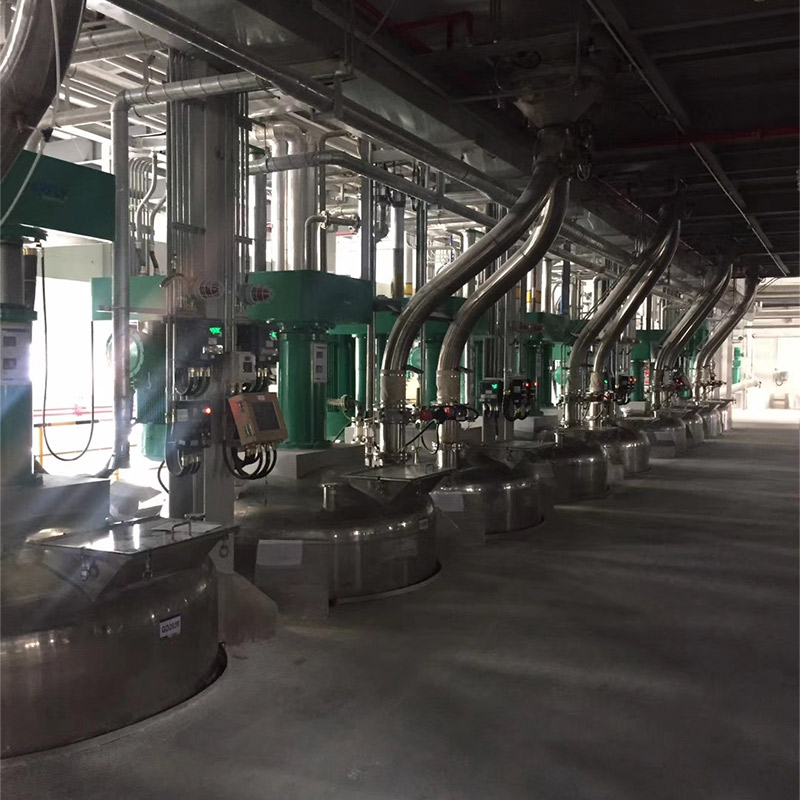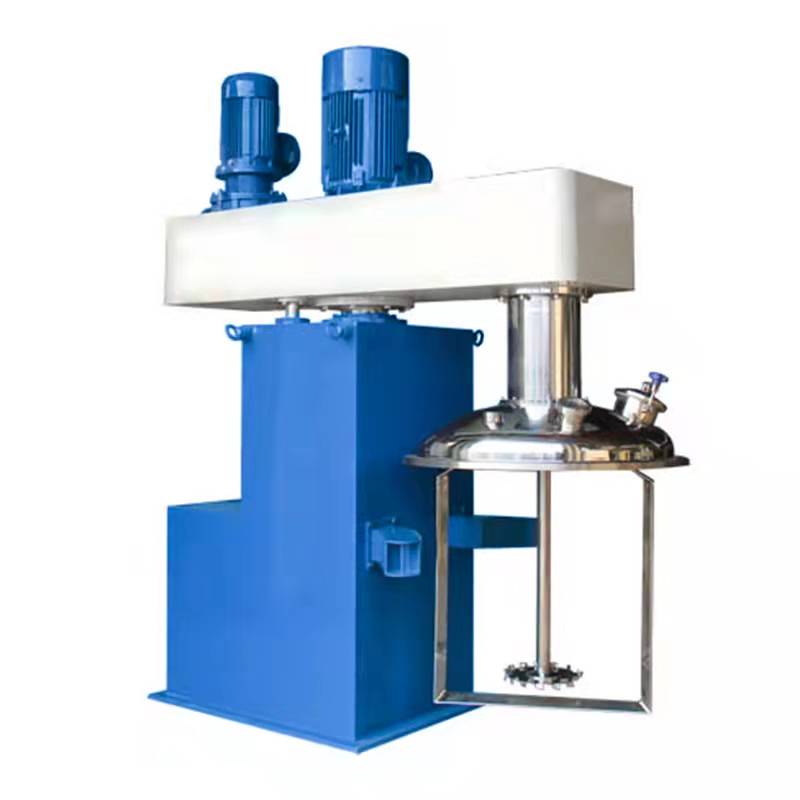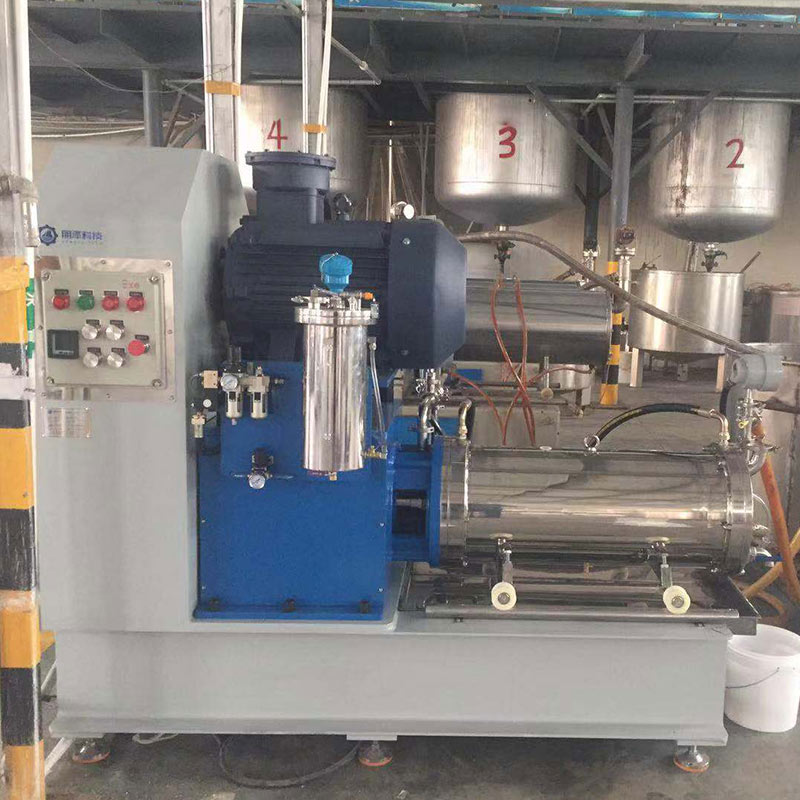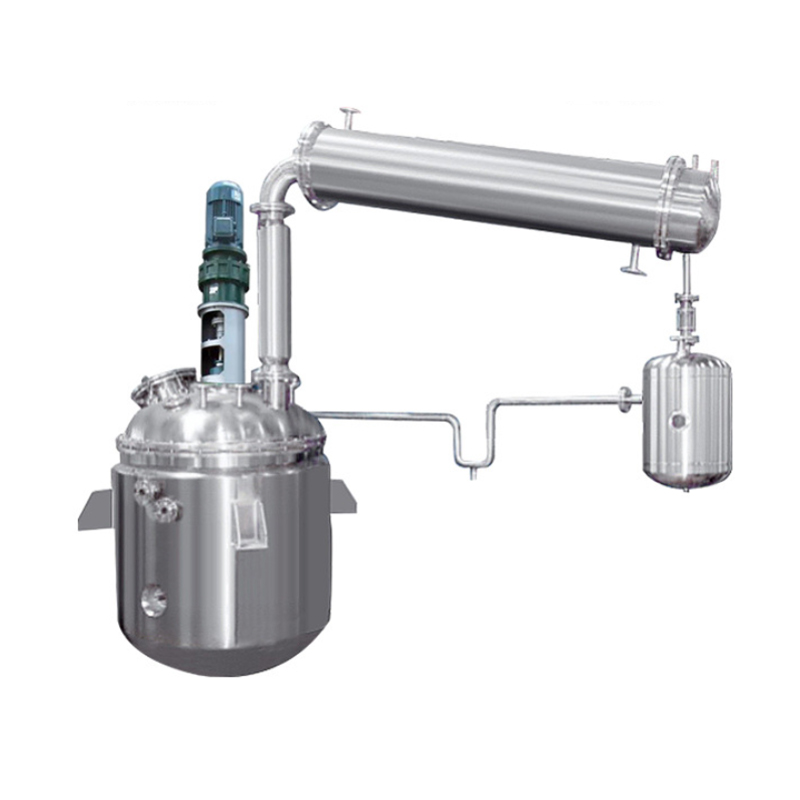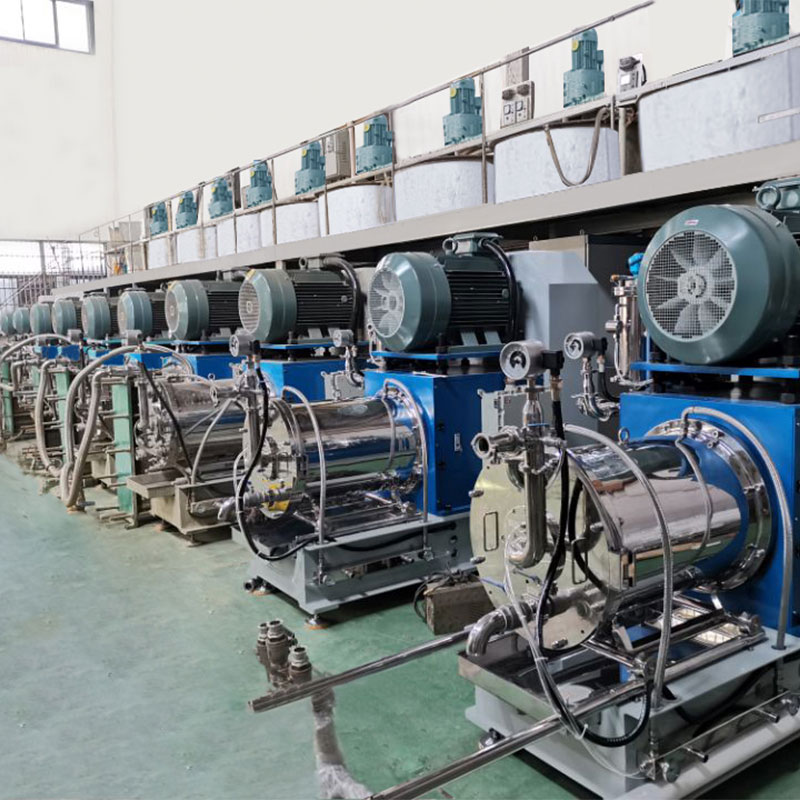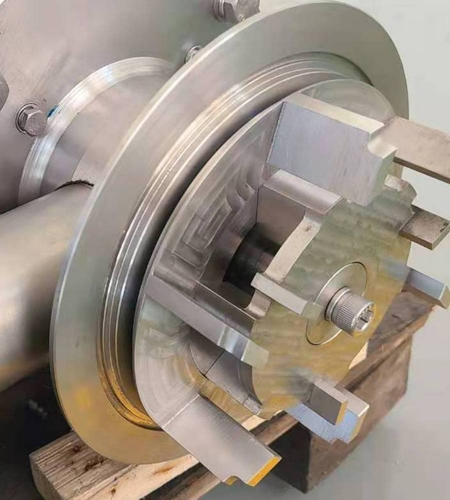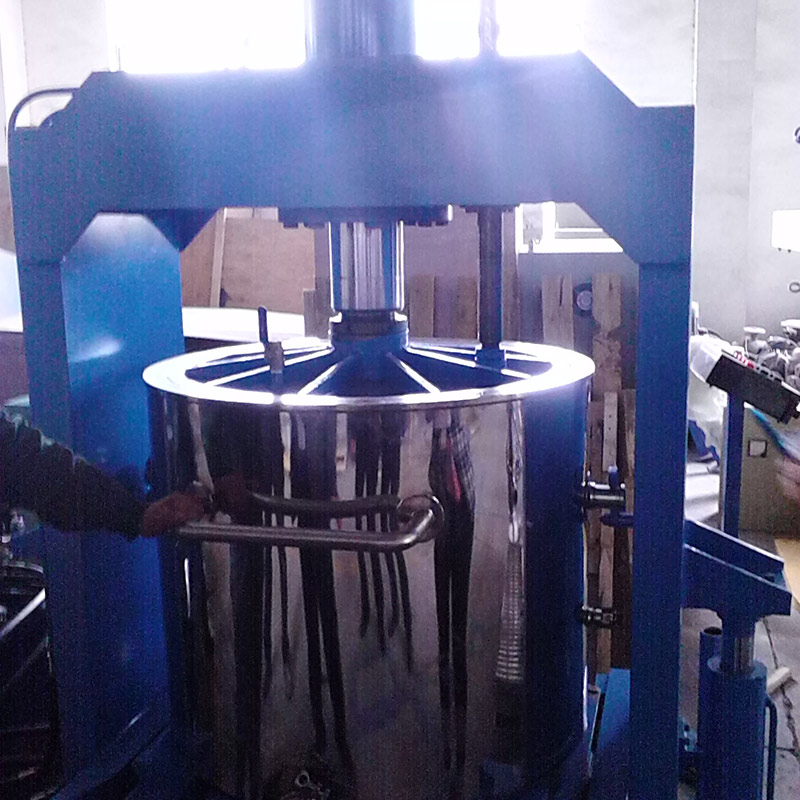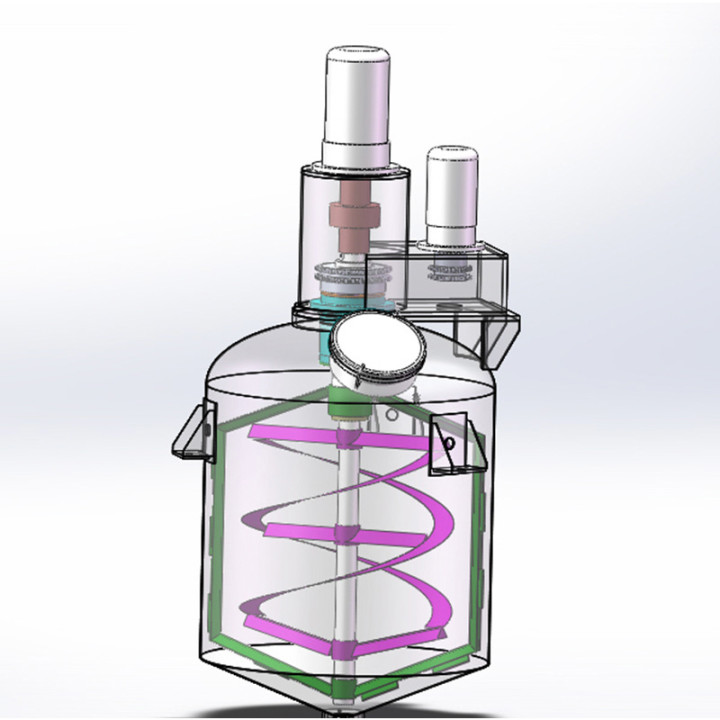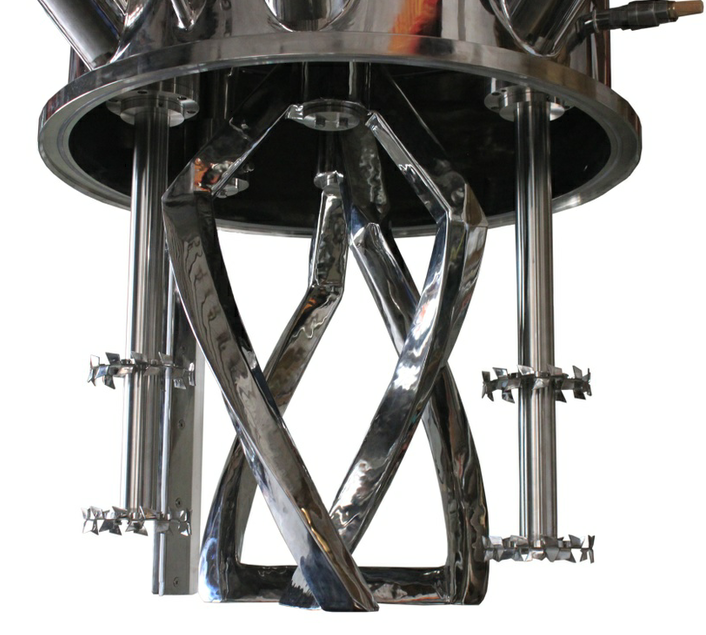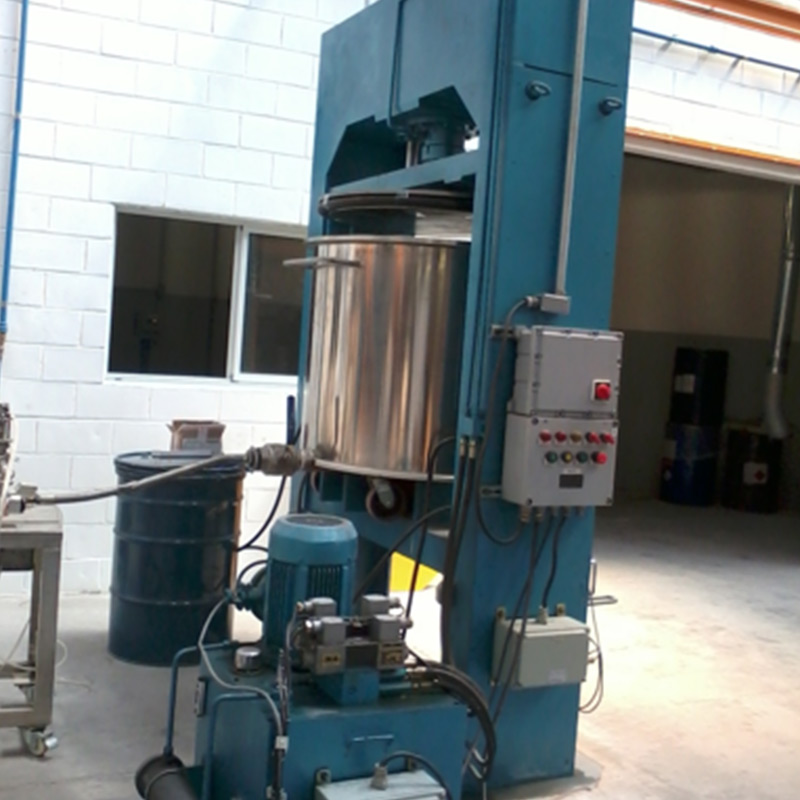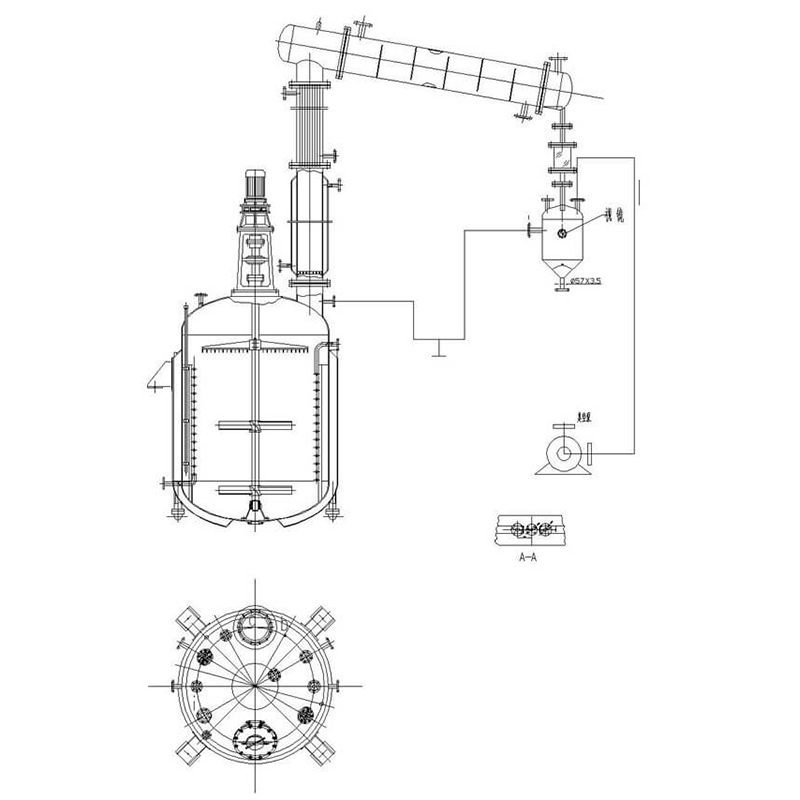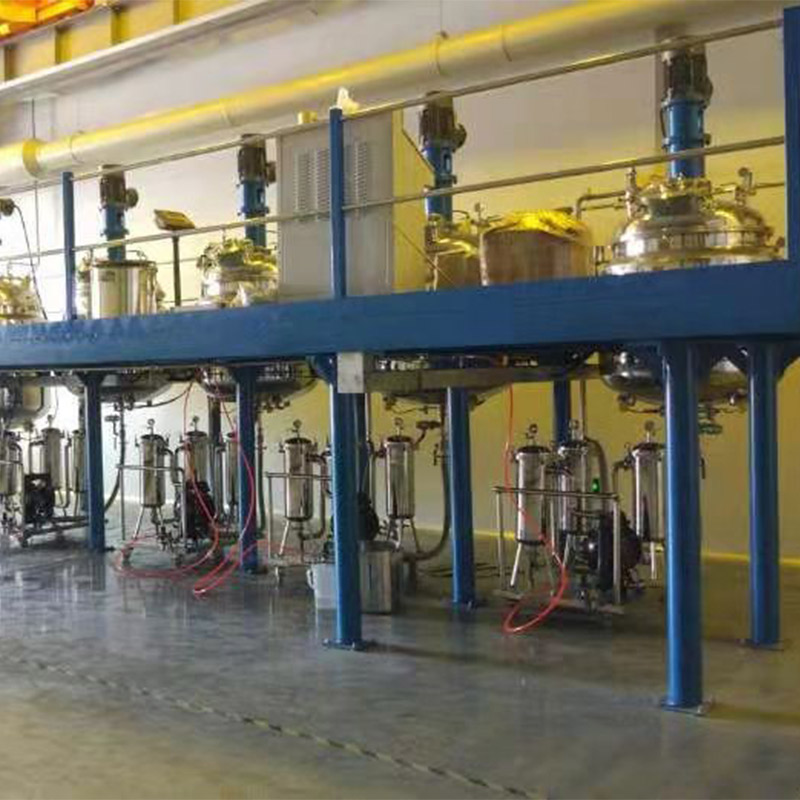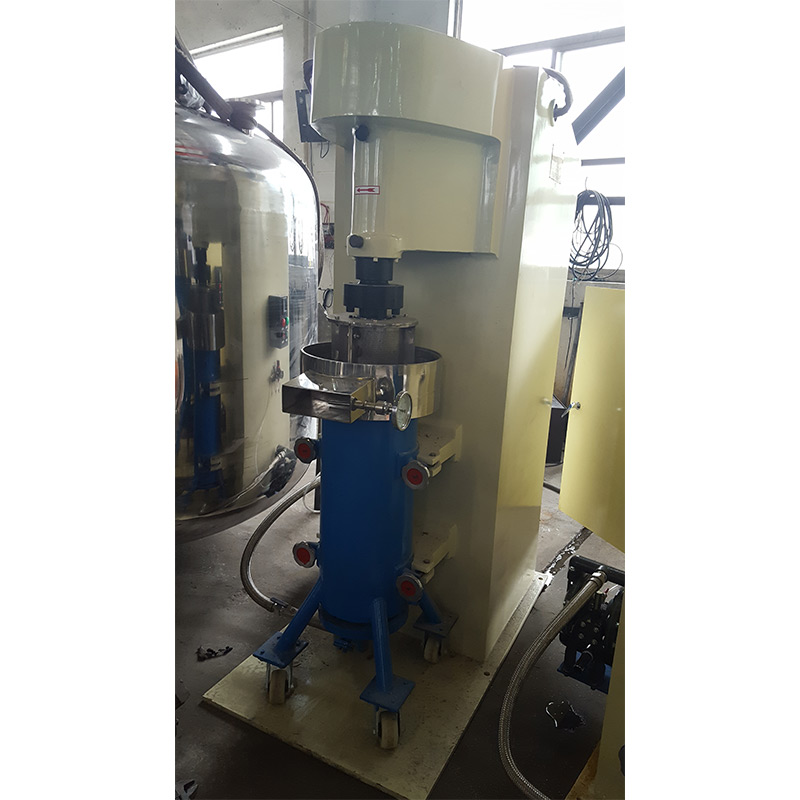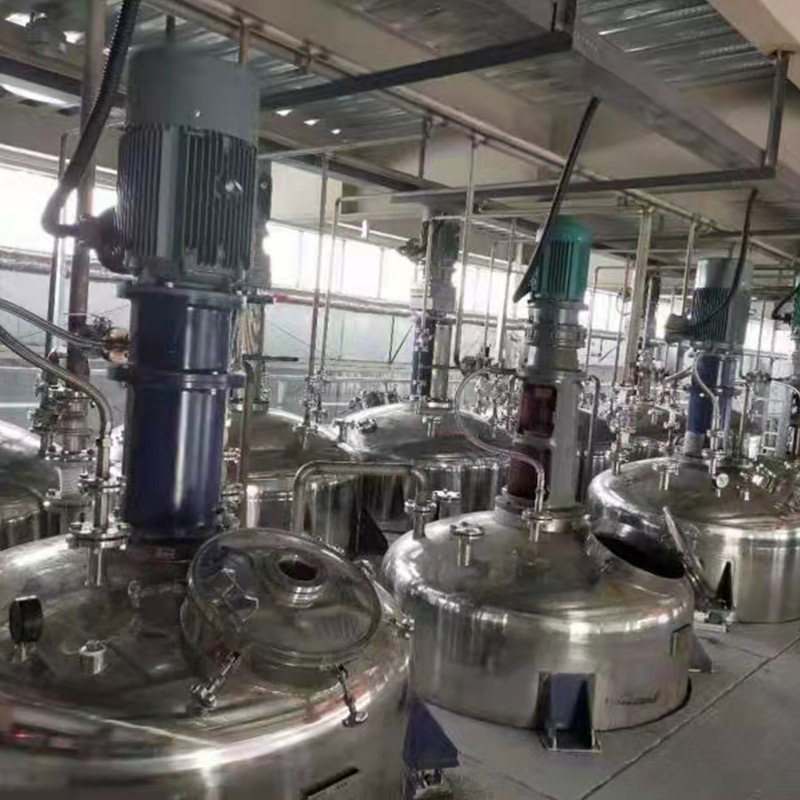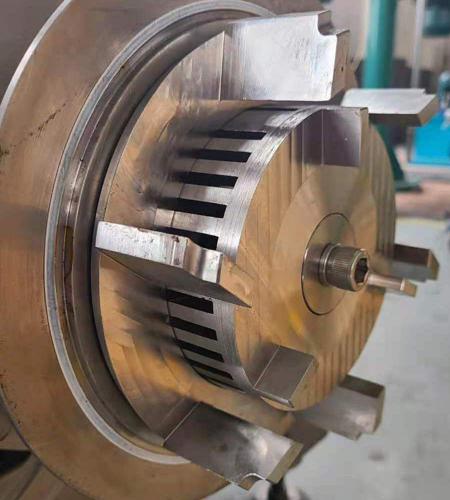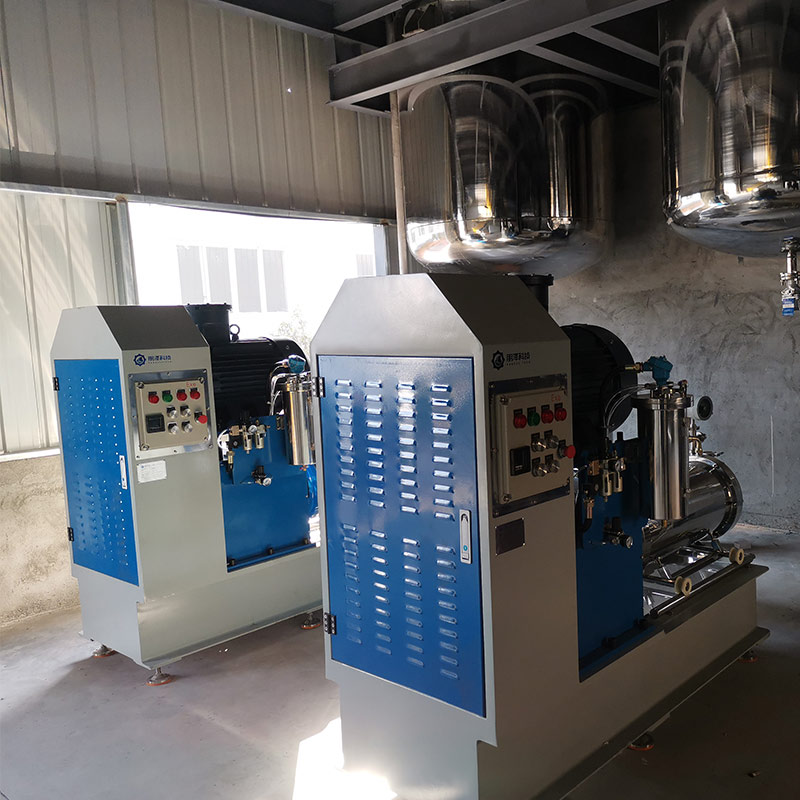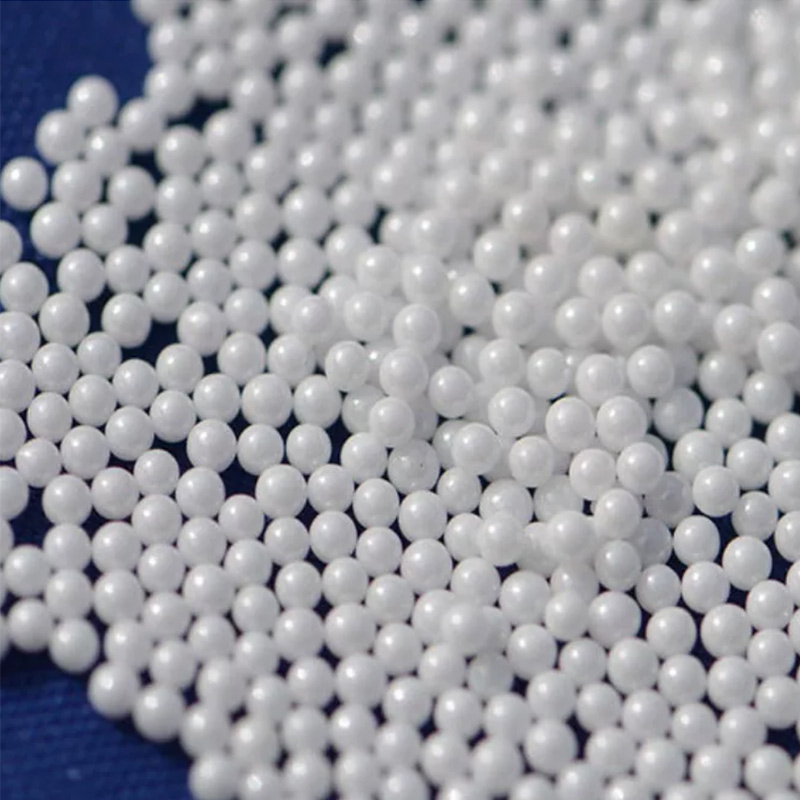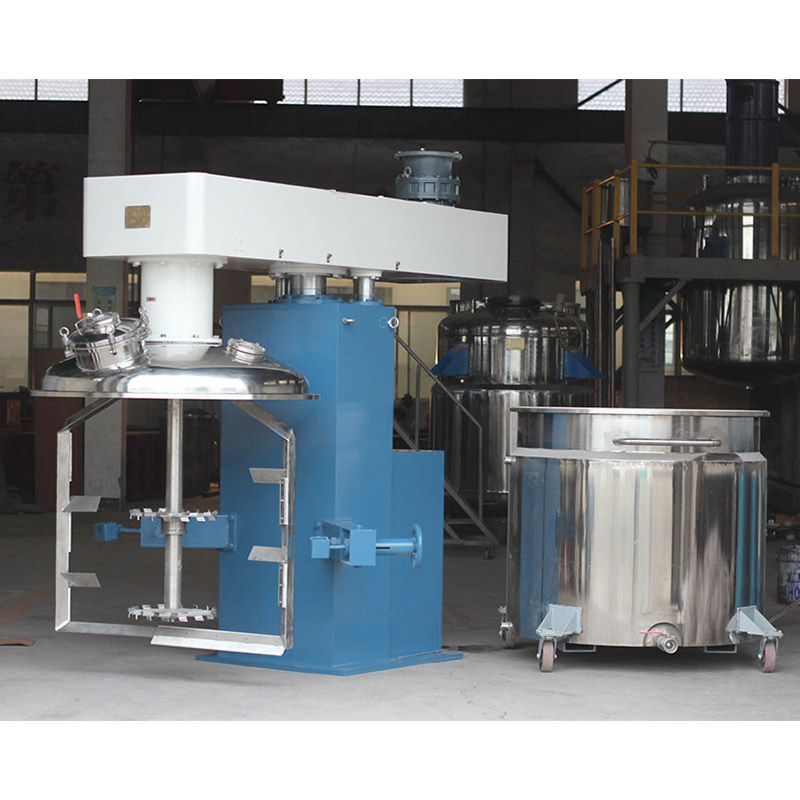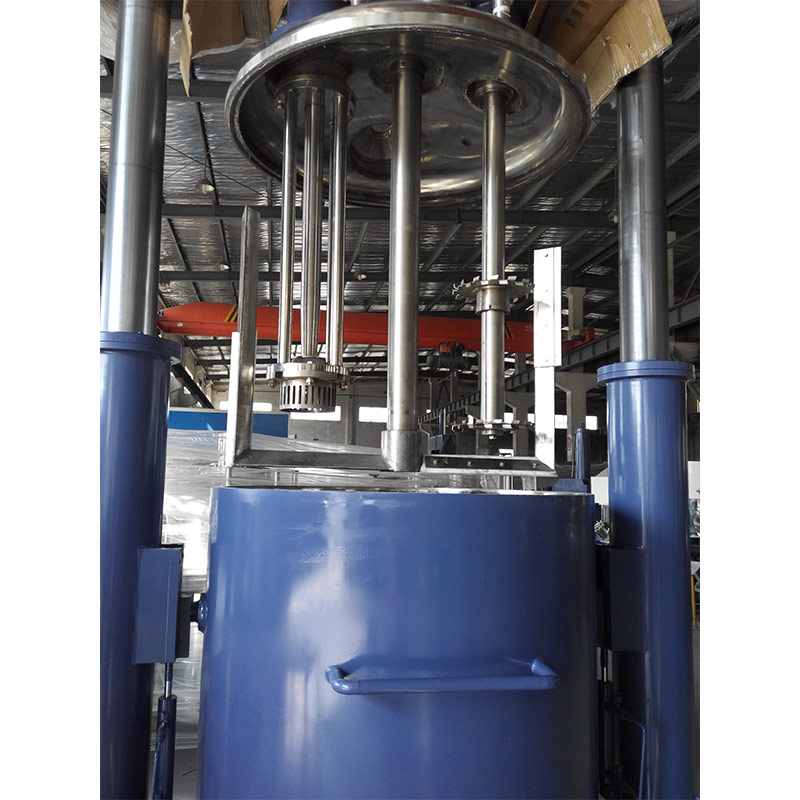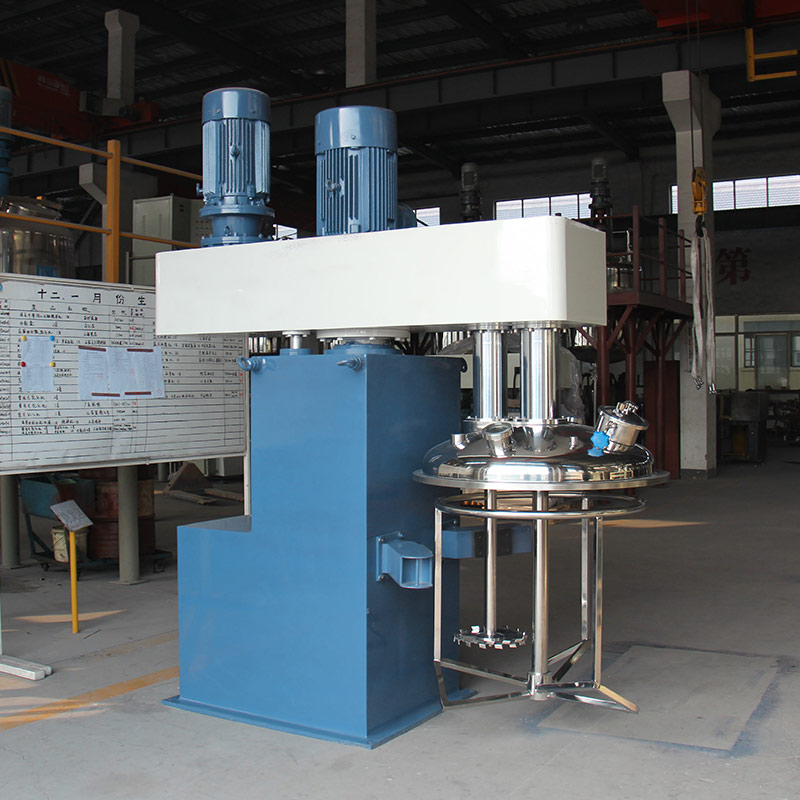WebAbstract. A review of relevant microscopic processes, both chemical and physical, which occur during suspension, bulk and emulsion polymerization (both before and after pressure drop) is given. The state of the art of kinetic modelling of monomer consumption rate, reactor pressure, molecular weight and short and long chain branching development DFsnHYam90Tz WebTheir operation usually follows the following process step: initial charge of the reactants (i.e., monomer (s), initiator (s), and solvent (s)) into the reactor that is followed by continuous/discrete feeding of some reactant (e.g.,onomer, chain transfer agent (CTA), and initiator) to control the polymerization rate and/or the polymer chain tpRzZv7E4lZe WebThe process for emulsion polymerization of vinyl chloride monomer (VCM) to produce polyvinyl chloride (PVC) has been used for decades, yet information concerning the monomer and the reaction mechanism has only recently begun to appear in the chemical literature. The present work was performed to add to the knowledge of VCM emulsion 99p592uYDVWp WebA review of relevant microscopic processes, both chemical and physical, which occur during suspension, bulk and emulsion polymerization (both before and after pressure drop) is GPmIkF7gph5x
Get Price





